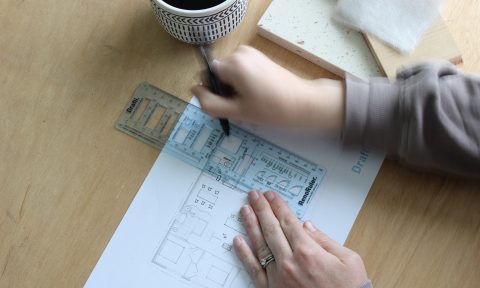With one in three Australian homes containing asbestos, renovators and tradies need to protect themselves. There is no known safe level of exposure to asbestos fibres, so with November being National Asbestos Awareness Month now is the time to be diligent!

“Many Australians believe that only fibro homes contain asbestos but this couldn’t be further from the truth,” explains Peter Dunphy, chair of the Asbestos Education Committee. “Because Australia was among the highest consumers of asbestos products in the world, asbestos-containing materials are common in homes built or renovated before 1987 with a broad range of products still commonly found in and around any brick, weatherboard, fibro or clad home.”

If left undisturbed and well-maintained asbestos-containing products generally don’t pose a health risk. However, if these products are disturbed and fibres are released during a renovation, health risks can occur. And while you may think you’re being careful, the hidden dangers of asbestos can be absolutely anywhere! “People would be surprised at where they might find asbestos,” says Peter. “It can be under floor coverings such as carpets, linoleum and vinyl tiles, behind wall and floor tiles, in cement floors, internal and external walls, ceilings and ceiling space (insulation), eaves, garages, roofs, around hot water pipes, fences, extensions to homes, garages, outdoor toilets, backyard, farm sheds and even dog kennels.”

There is no cure for mesothelioma (a cancer that can develop 20-to-50 years after inhaling asbestos fibres and with an average survival time of 10-to-12 months) so to renovate sensibly and knowledgeably, visit Asbestos Awareness and take the 20 Point Asbestos Safety Check. This will assist you in identifying the sorts of products to look for, the locations of where they might be found and you’ll also learn how to manage and dispose of asbestos safely.

During November Australians are also encouraged to host a Blue Lamington Drive morning or afternoon tea, to help raise awareness of the current dangers of asbestos, while raising vital funds for medical research and support services for sufferers of asbestos-related diseases.









